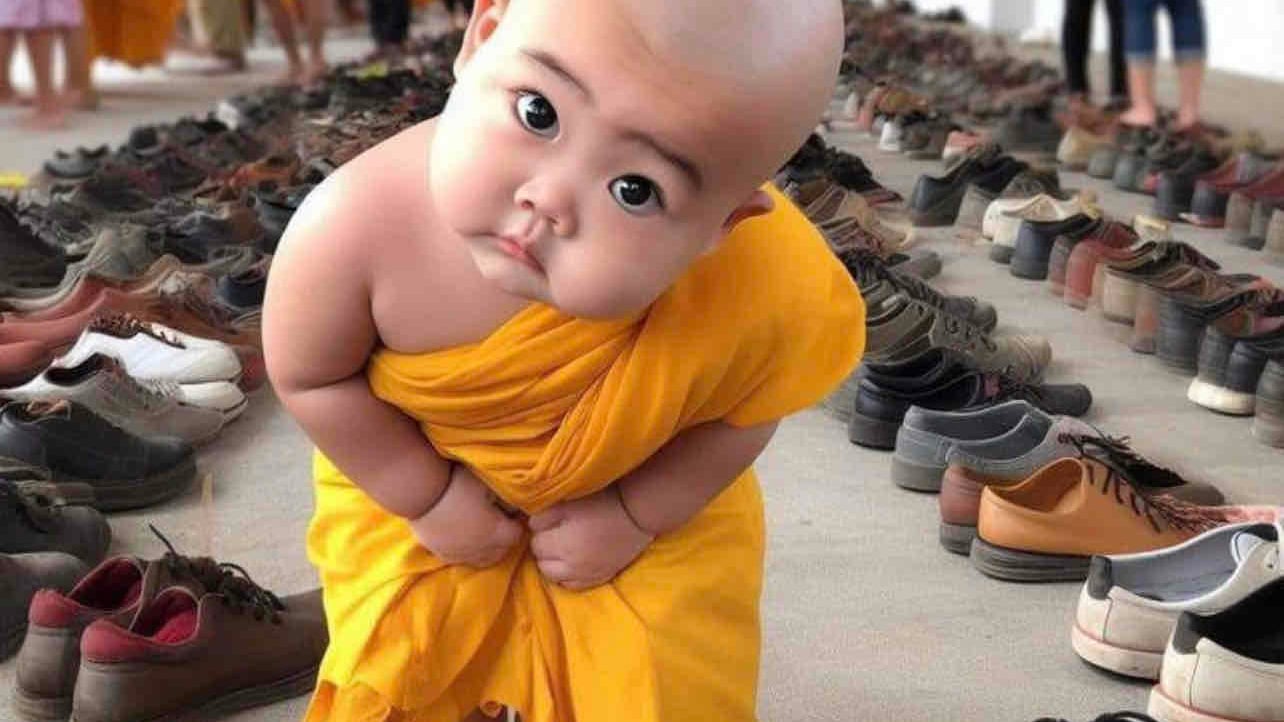
Aboo_ 🎭🌈🍄Ⓜ️
@aboo-dway
613 Following
308 Followers
5 replies
0 recast
0 reaction
6 replies
0 recast
0 reaction
Here are some short facts about Senegalese masks: 🎭
1. Origins: Senegalese masks 🎭 originate from various ethnic groups, including Wolof, Serer, and Diola.
1. Materials: Masks 🎭 are made from wood, bamboo, or fibers, often decorated with cowry shells, beads, or feathers.
1. Symbolism: Masks 🎭 represent ancestral spirits, mythological figures, and nature.
1. Initiation rituals: Masks 🎭 are used in initiation ceremonies to mark transitions from childhood to adulthood.
1. Dance and theater: Masks 🎭 are integral to Senegalese dance and theater, telling stories and conveying cultural values.
1. Regional styles:
- Casamance region: Known for intricate, colorful masks 🎭
- Wolof region: Masks 🎭 often depict ancestral figures
- Serer region: Masks 🎭 represent mythological creatures
Some notable Senegalese masks 🎭 include:
- "Mbootay" (Wolof): represents ancestral spirits
- "Kasak" (Serer): symbolizes fertility
- "N'Dumba" (Diola): represents nature spirits 3 replies
0 recast
0 reaction
3 replies
0 recast
0 reaction
8 replies
0 recast
0 reaction
Egyptian masks 🎭 have a rich history dating back to ancient times. Here's a brief overview:
Ancient Egypt (2613 BCE - 30 BCE)
- Masks 🎭 were used in rituals, ceremonies, and funerary practices to:
- Protect the deceased's identity
- Represent gods and goddesses
- Conceal social status
- Notable masks:
- Tutankhamun's golden mask (1323 BCE)
- Psusennes I's silver mask (1000 BCE)
Middle Kingdom (2040 - 1750 BCE)
- Masks 🎭 became more widespread, featuring intricate designs and symbolism
- Used in theater performances and storytelling
New Kingdom (1570 - 1085 BCE)
- Masks reached peak popularity, with elaborate designs and materials (gold, silver, wood)
-Used in rituals, ceremonies, and everyday life
Roman Period (30 BCE - 395 CE)
- Egyptian masks 🎭 influenced Roman art and culture
- Masks continued to evolve, incorporating Greek and Roman styles
Modern Era
- Egyptian masks 🎭 inspire art, fashion, and design worldwide
- Traditional mask-making techniques continue to thrive 0 reply
0 recast
0 reaction
8 replies
0 recast
0 reaction
5 replies
0 recast
0 reaction
4 replies
2 recasts
3 reactions
Morocco has a rich tradition of masks 🎭 festivals, particularly in the north. Here are some notable ones:
1. Imilchil Mask 🎭 Festival: Held annually in the Atlas Mountains, this festival features masks worn by men to represent ancestral spirits.
2. Gnaoua Mask 🎭 Festival: Celebrated in Essaouira, this festival showcases masks worn by the Gnaoua people to represent mythological figures.
3. Berber Mask 🎭 Festival: Held in various Berber villages, this festival features masks worn to represent ancestral spirits and mythological figures.
4. Moussaouia Mask 🎭 Festival: Celebrated in the north, this festival features masks worn to represent spirits and ancestors.
Moroccan masks 🎭 often feature:
- Intricate designs and patterns
- Bright colors and adornments
- Symbolism representing ancestral spirits, mythological figures, and cultural values
These festivals showcase Morocco's rich cultural diversity, blending African, Arab, and Berber influences. 6 replies
2 recasts
5 reactions
9 replies
0 recast
0 reaction
2 replies
0 recast
0 reaction
8 replies
0 recast
0 reaction
1 reply
0 recast
0 reaction
5 replies
0 recast
0 reaction
Yes, Kuwait has a rich tradition of mask-making and use, particularly in traditional performances and celebrations. Here are some examples:
1. Gulf Mask: Used in traditional Gulf dances, this mask represents a mythical creature.
2. Bedouin Mask: Used by Bedouin tribes, this mask represents ancestral spirits.
3. Khaleeji Mask: Used in traditional Khaleeji performances, this mask depicts mythological figures.
4. Haji Firoz Mask: Used during the Haji Firoz festival, this mask represents a mythical figure.
Kuwaiti masks often feature intricate designs, reflecting the country's cultural heritage and Islamic influences. They are used to:
- Ward off evil spirits
- Bring good luck
- Represent ancestral spirits
- Add to the festive atmosphere
Kuwait's mask-making tradition is an important part of its cultural identity, reflecting the country's history, folklore, and traditions. 8 replies
0 recast
0 reaction
7 replies
0 recast
0 reaction
2 replies
0 recast
0 reaction
13 replies
0 recast
0 reaction
5 replies
0 recast
0 reaction